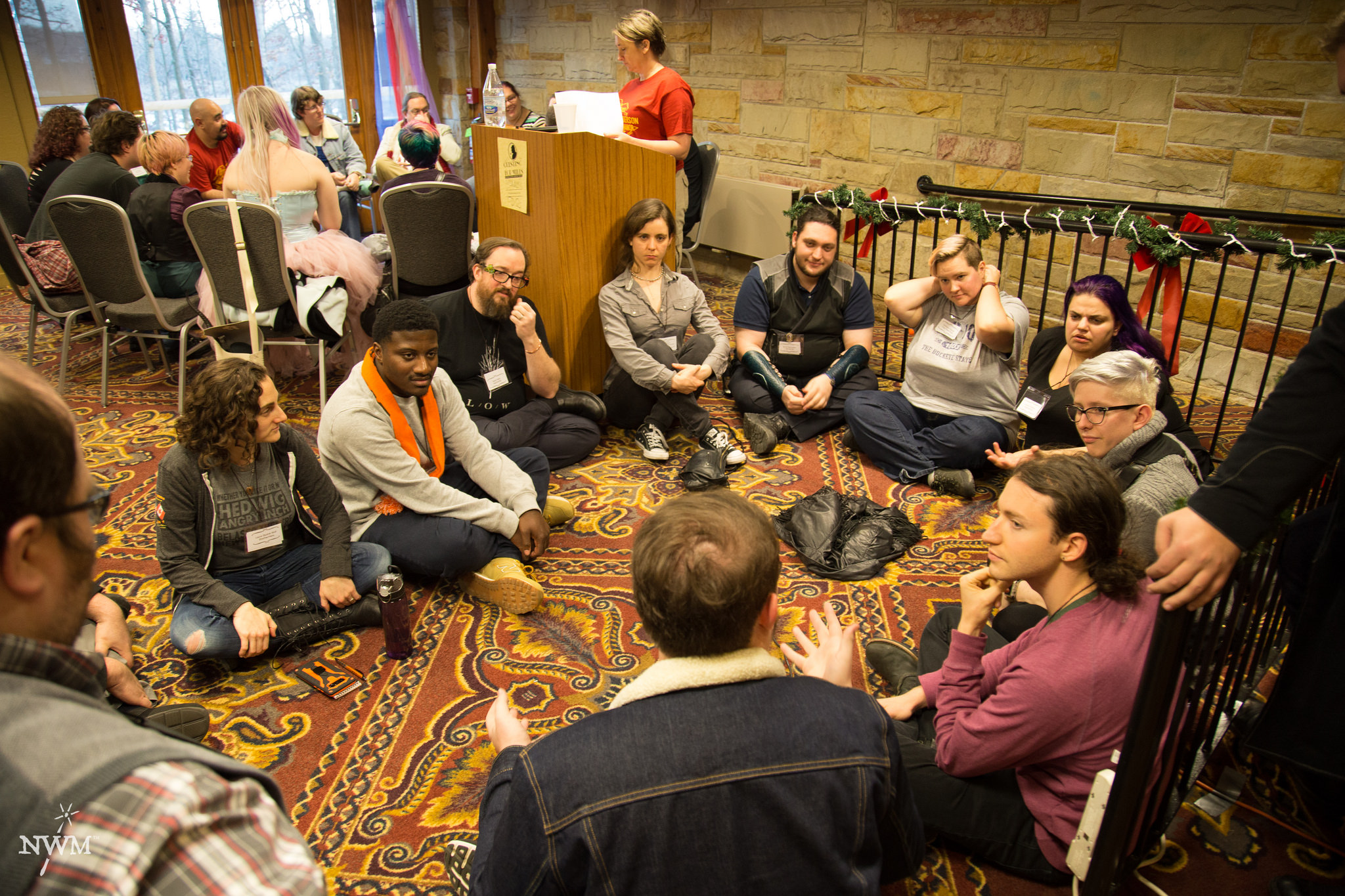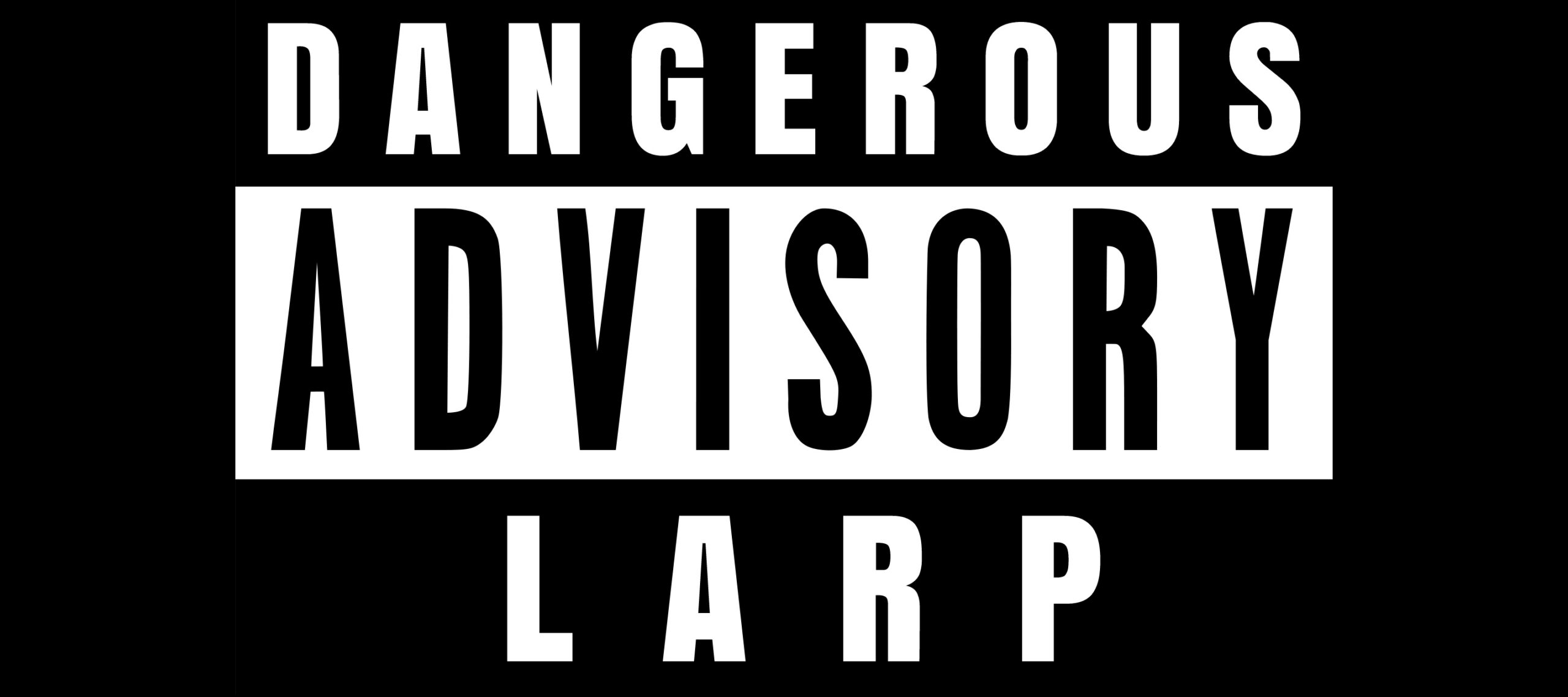Tag: Player Safety
-

Your Body Is Your Body
This piece tries to provide a practical tool for overcoming machismo, internalized norms, and other patterns that can lead to physical injury to the player’s body.
-

Sleeping Areas, Off-Game Areas, and the Black/White Ribbon Metatechnique
in
The black/white ribbon metatechnique, as used at Libertines (2020), to signal if you want play in your sleeping area or not.
-

Leaving the Magic Circle: Larp and Aftercare
in
The transition from larp to everyday life can be messy sometimes. Some thoughts on aftercare in a larp context: how to do it and why.
-

Larp Counselor Code of Ethics
in
Larp counseling is the practice of dedicating a staff member to overseeing participant well-being at a live-action role-play (larp) event.
-

Safety and Calibration Design Tools and Their Uses
in
Safety & Calibration techniques are important design tools that help diverse players access your larp and create stories together. This article offers three Safety & Calibration Tools that have been in use since June 2016 and are now used internationally in a variety of larps & other events.
-

Playing Safe?
in
A number of high profile articles and discussions about safety in Nordic larp seem to imply that safety has become the primary concern for larp design. This article interrogates that implication by a series of interviews with larp designers, and experts on safety.
-

Larp Counselors: An Additional Safety Net
in
This article advocates for the inclusion in certain larps of the unique role of a counselor, who is part of the safety team.
-

Safety Coordinators for Communities: Why, What, and How
in
This article will define a Safety Team and its role, examine what makes for a good Safety Team, and offer advice for maintaining one for your community.
-

19 Truths about Harassment, Missing Stairs, and Safety in Larp Communities
in
This article presents a Series of Truths about harassment, missing stairs, and community safety that exist in larp communities around the world.
